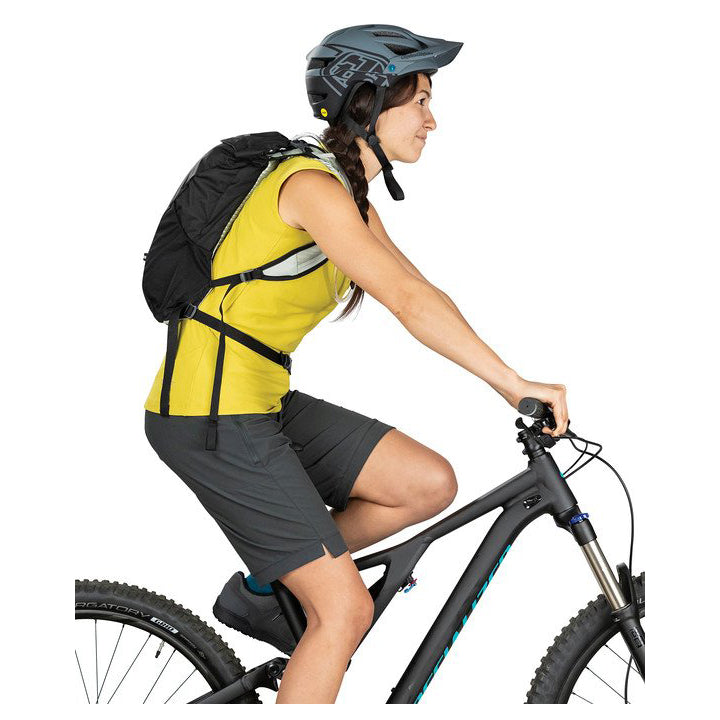As urban cycling gains popularity, having the right gear is essential for a smooth commute. A bicycle backpack is one of the most important pieces of equipment. It’s designed to carry your belongings securely while keeping your hands free. Choosing the right backpack can enhance your cycling experience. This article will guide you through choosing the perfect bicycle backpack for commuting.
Why a Bicycle Backpack?
1. Convenience and Functionality
A bicycle backpack offers a convenient way to transport your essentials. Unlike traditional bags, they are designed to stay close to your body while riding. This design minimizes movement, allowing for better balance and stability. A well-structured backpack can also distribute weight evenly, reducing fatigue during your commute.
Functionality is key. Many bicycle backpacks come with specialized compartments for laptops, hydration packs, and other essentials. These features help keep your items organized and within easy reach. You can grab your water bottle without stopping. This convenience makes them a popular choice among commuters.
2. Weather Resistance
Commuters often face unexpected weather changes. A quality bicycle backpack can protect your belongings from rain and wind. Many models come with water-resistant materials or built-in rain covers. This feature is crucial for those who need to transport electronics or documents. With a weatherproof backpack, your items remain safe and dry.
Weather resistance varies among brands and models. When choosing a backpack, look for quality materials such as nylon or polyester. These fabrics often provide better protection than cotton. Investing in a durable, weather-resistant backpack can save you from worrying about your belongings during inclement weather.
3. Safety Features
Safety should always be a consideration for cyclists. Some bicycle backpacks come with reflective materials or built-in LED lights. These features enhance visibility, especially when riding at dusk or dawn. Increased visibility can significantly reduce the risk of accidents.
Reflective elements are particularly important in urban areas with heavy traffic. If you often ride in low-light conditions, prioritize backpacks with these safety features. Consider additional attachments for lights or reflective gear. Taking these precautions can make your daily commute safer.
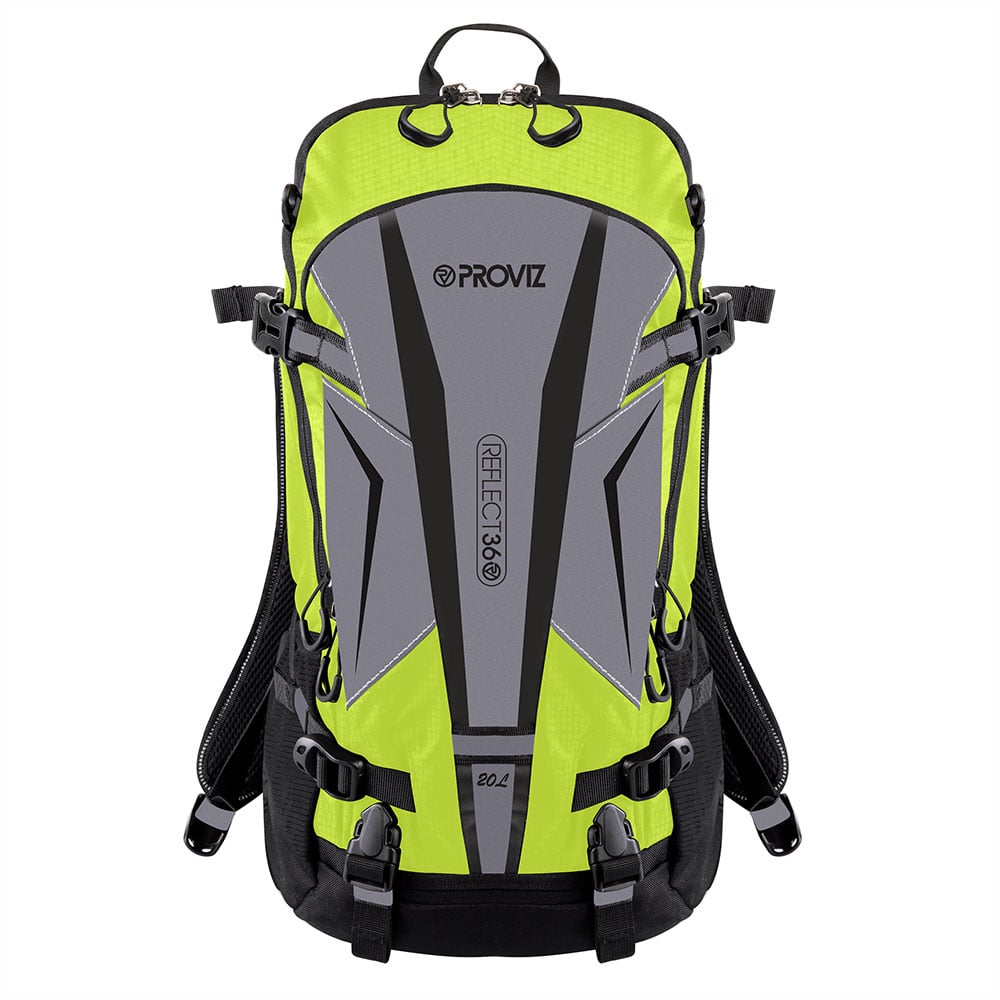
Key Features to Consider
1. Size and Capacity
The size of the backpack is one of the most critical factors. A backpack that is too large can feel cumbersome while riding. On the other hand, one that is too small might not hold all your essentials. For commuting, a capacity of 15 to 30 liters is typically suitable. This range offers enough space for a laptop, clothes, and personal items without being overly bulky.
Think about your daily needs when selecting size. If you carry a laptop, ensure there is a dedicated sleeve with padding for protection. Additionally, consider the size of your lunch or other items you may need. A compact yet spacious design will help maintain your balance while cycling.
2. Comfort and Fit
Comfort is paramount for an enjoyable cycling experience. The backpack should fit well against your body without creating pressure points. Look for adjustable straps that can accommodate different body shapes. Many models also have padded straps and back panels for added comfort.
Ventilation is another factor to consider. Some backpacks feature mesh panels or breathable fabrics that promote airflow. This ventilation helps keep your back dry and comfortable, especially on warmer days. A backpack that fits well and offers good ventilation enhances your overall commuting experience.
3. Organization and Accessibility
A well-organized backpack can make commuting much easier. Look for compartments and pockets designed for specific items. A dedicated laptop pocket, for example, will protect your device while keeping it easily accessible. Some backpacks also have pockets for water bottles and quick-access items, such as keys or phones.
Accessibility is also essential. Opt for backpacks with wide openings that allow you to see everything inside. A top-loading design can be handy for larger items, while front-loading backpacks often provide easier access to smaller essentials. Organizing your belongings effectively can save you time and stress during your commute.
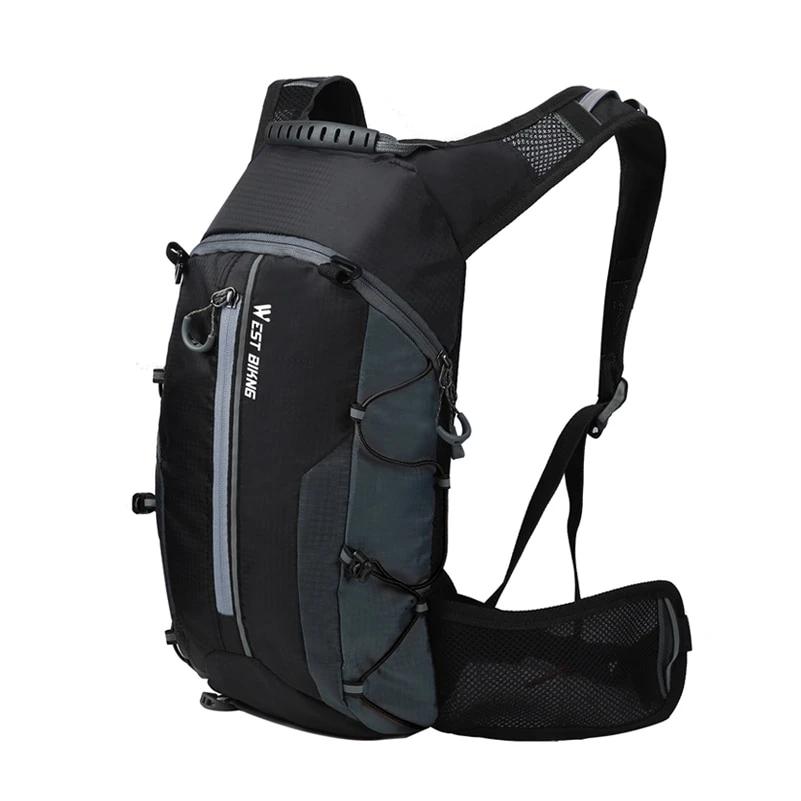
Material and Durability
1. Fabric Choices
The material of your bicycle backpack affects its durability and overall performance. Common materials include nylon, polyester, and canvas. Nylon and polyester are popular for their lightweight and water-resistant qualities. They are ideal for daily commuting as they can withstand the elements.
Canvas backpacks offer a different aesthetic but can be less water-resistant. If you prefer a canvas style, look for treated options that offer some protection against moisture. Regardless of the material, ensure it is durable enough to withstand daily wear and tear.
2. Care and Maintenance
Proper care can extend the life of your bicycle backpack. Regularly clean the bag according to the manufacturer’s instructions. Most fabric backpacks can be wiped down with a damp cloth, while machine washable options can be cleaned in a machine on a gentle cycle.
Inspect your backpack for wear or damage frequently. Check zippers, seams, and straps for signs of fatigue. Address minor issues before they become major problems. Performing regular maintenance will keep your backpack functioning well and looking fresh.
3. Weight Considerations
Another aspect to consider is the weight of the backpack itself. A lightweight pack can make a significant difference when carried for long distances. When comparing options, look for lightweight materials that do not compromise durability. Every ounce counts, especially on longer rides.
A heavier backpack may require extra effort to carry, especially if loaded with items. Aim for a balance between structural integrity and weight to ensure your backpack is manageable during your commute.
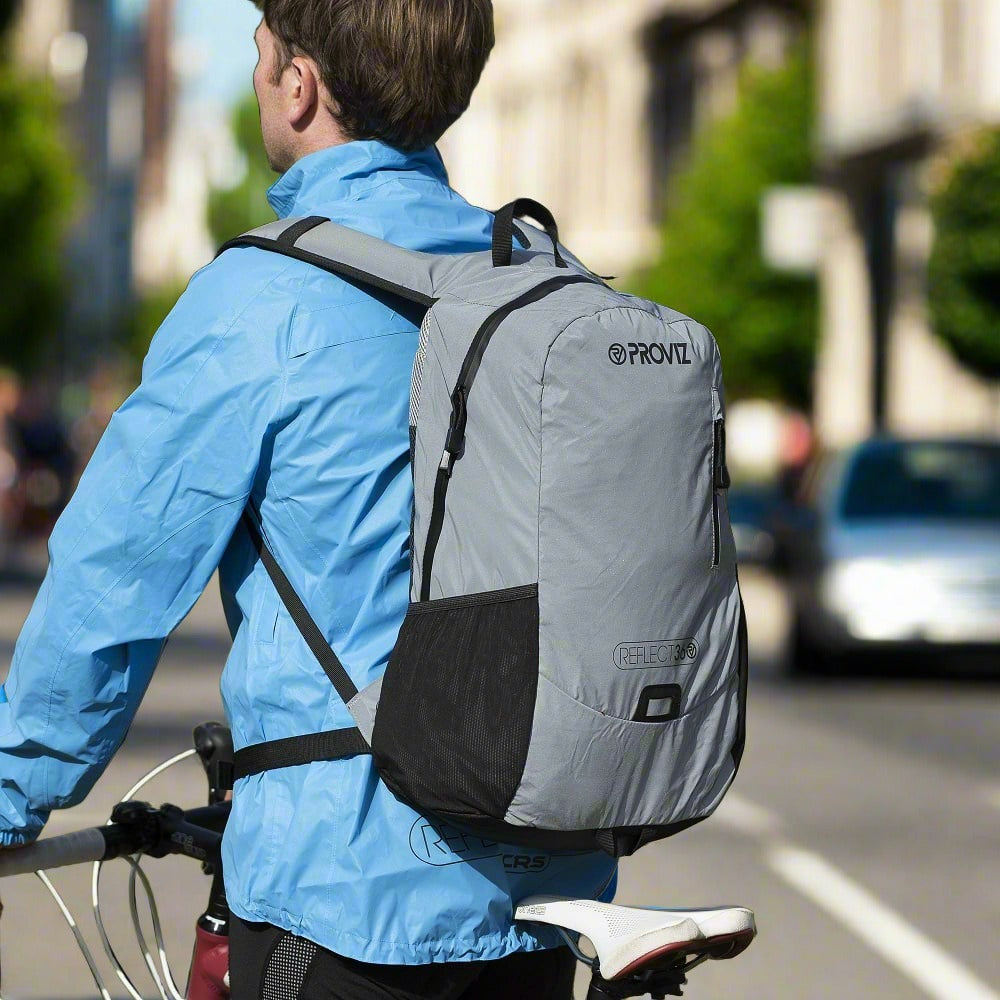
Choosing the Right Style
1. Design Aesthetics
The design of your bicycle backpack is important for personal expression. Choose a color and style that resonates with you. A good design can also enhance your overall look while commuting. Many brands offer a variety of styles, from classic to trendy.
Consider how the design fits into your lifestyle. If you’re commuting to a corporate setting, a sleek, professional-looking backpack may be appropriate. For casual settings, brighter colors and patterns can reflect your personality. Ultimately, select a style that aligns with both functional and aesthetic needs.
2. Brand Reputation
The reputation of the brand can influence your choice. Established brands often have a history of quality and performance. Check reviews and recommendations from other cyclists to gauge how well a brand meets the needs of commuters. Understanding a brand’s reputation can give you confidence in your purchase.
Labelling is key when choosing a brand. Some brands specialize in biking gear, while others may offer a broader range. Research their focus and the feedback they receive for their bicycle backpacks. Investing in a reputable brand can lead to long-term satisfaction.
3. Price and Value
Cost is always a factor when purchasing anything. Bicycle backpacks vary significantly in price based on materials, features, and brand reputation. Determine your budget beforehand but keep in mind that higher prices don’t always guarantee better quality. Look for backpacks that offer value for their price.
Consider making a list of features you need and evaluating options within your price range. Occasionally, a mid-range backpack may offer just as much functionality as a high-end model. Balance your budget against quality and features to find your best fit.
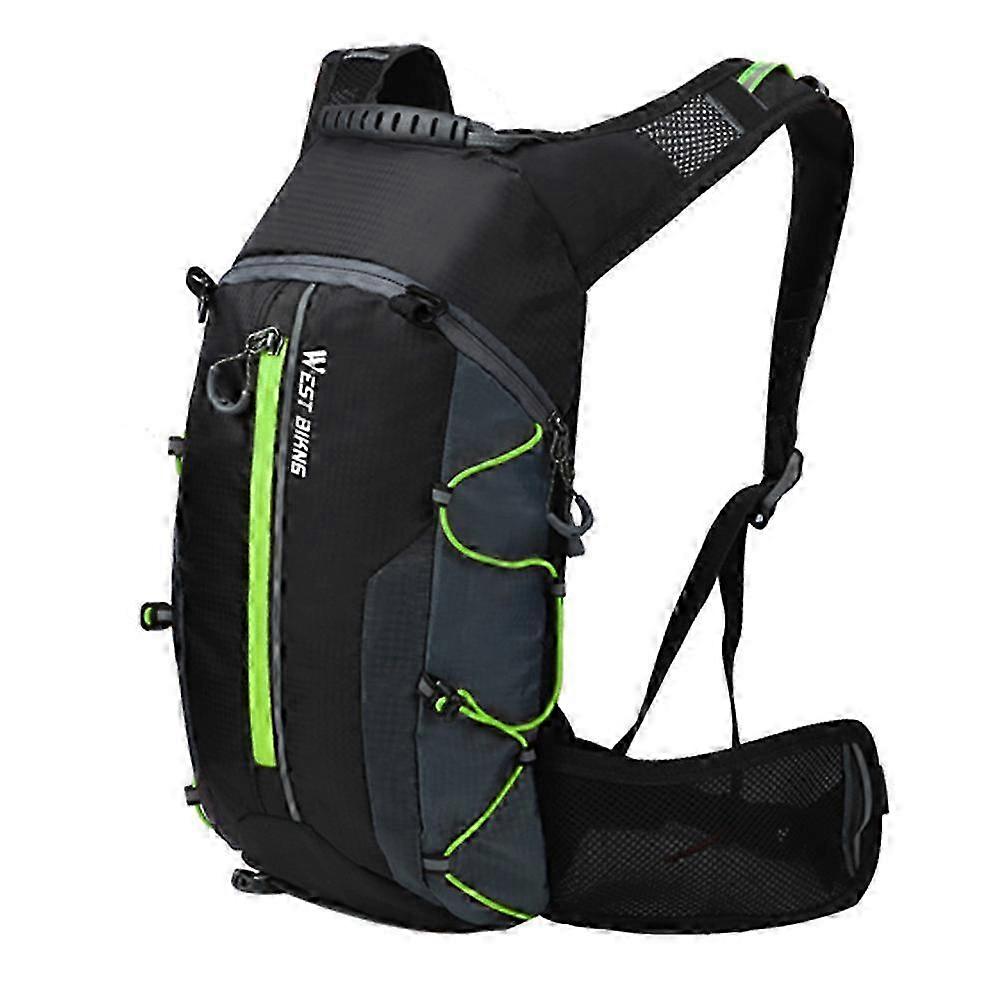
Testing Before You Commit
1. Try It On
Before making a final decision, trying the backpack on is essential. Visit a store to see how it feels when worn. Adjust the straps to find the best fit and ensure it sits comfortably on your back. Testing it out will give you a better understanding of how it feels when fully loaded.
If shopping online, check the return policy. You want the option to return or exchange if the backpack does not meet your expectations. Taking this precaution can save you from dissatisfaction and encourage a better purchasing experience.
2. Load It Up
If possible, load the backpack with your expected commuting items. This test will help assess the weight distribution and comfort level. Pay attention to how it feels when you walk around and how it impacts your balance. This practice ensures the backpack suits your lifestyle perfectly.
You can simulate your daily commute when trying it out. Walk around your home or neighborhood to assess if it remains comfortable during movement. Testing a backpack thoroughly will give you confidence in your purchase decision.
3. Seek Recommendations
Consider seeking recommendations from fellow cyclists. Personal experiences can offer valuable insights into which backpacks perform well during commutes. Fellow riders may also guide you towards reputable brands or models that suit your needs best. Engaging with local cycling communities can enhance your knowledge.
Ask for feedback regarding user experiences, features, and overall satisfaction. Online forums and social media groups can also provide a wealth of information. The more informed you are, the better equipped you will be to choose the right backpack.
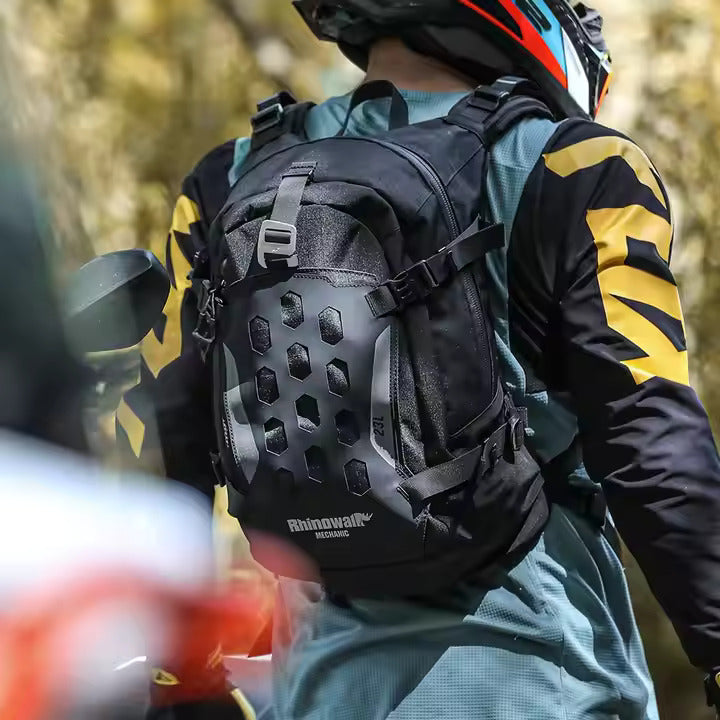
Final Thoughts
Selecting the right bicycle backpack for commuting is important for enhancing your cycling experience. A quality backpack offers convenience, weather resistance, and security for your belongings. By considering size, comfort, organization, and material, you can find a backpack that meets your unique needs.
Don’t forget to factor in safety features, design aesthetics, and brand reputation. Test the backpack before making a decision, ensuring it fits comfortably and meets your expectations. Your daily commute should be enjoyable and stress-free, and the right bicycle backpack can significantly contribute to that experience.
With the right backpack, you’ll be prepared for any commuting situation. By understanding key features and conducting thorough research, you can make an informed choice. Enjoy the ride and embrace the journey with a reliable bicycle backpack by your side.
